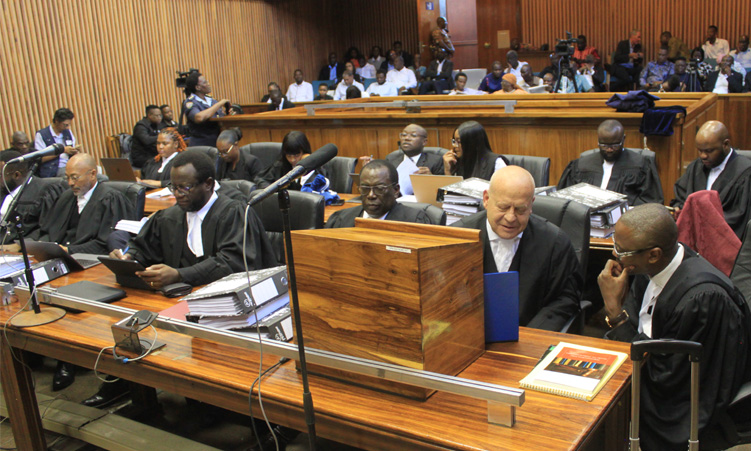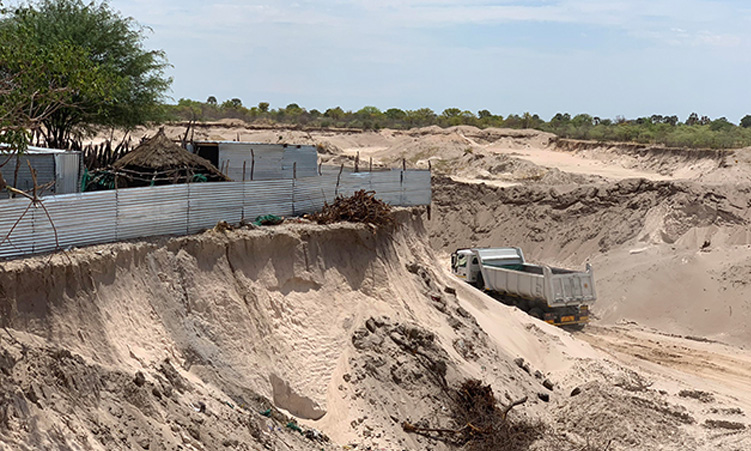TEMPERATURES in Windhoek have soared as high as 36,1 degrees – in the shade – in the last few days. However, some relief is on the horizon.
Riaan van Zyl of the Windhoek Meteorological Office yesterday spoke to The Namibian about the recent maelstrom of temperatures in Namibia, predicting a drop in daily temperatures as well as some rainfall before the close of this week.
By Friday however, the summer heat will return and the clouds should dissipate.During the past 10 days, the country has seen a jump from very cold temperatures in the South coupled with small stock deaths and even rain at Aus. This was caused by cold fronts that moved into the Western Cape.Following this, a high pressure system settled over the country bringing very high temperatures with Windhoek’s highest measured at 36,1 degrees Celsius, very close to its absolute maximum, formerly set at 36.3 degrees Celsius.Ondangwa recorded 36,8 while the temperature in the northwest of Namibia, traditionally very hot, hit 38 degrees Celsius.All temperatures are measured under a Stevenson Screen, a standardised instrument shelter used to shield meteorological instruments against precipitation and direct heat radiation from outside sources, while still allowing air to circulate freely around them. Its ultimate purpose is to provide a standardised environment in which to measure temperature, humidity, dewpoint and atmospheric pressure.Our ambient temperature readings thus, are taken in the shade.Currently, an upper-air system has moved in and is bringing tropical air into circulation and this is what will provide the rain before the week ends.Rainfall, however, is set to remain capricious and under average for the remainder of the rainy season. This, according to Van Zyl, is because of the presence of El Niño.El Niño – Southern Oscillation is a periodic change in the atmosphere and ocean of the tropical Pacific region. It is defined in the atmosphere by the sign of the pressure difference between Tahiti and Darwin, Australia, and in the ocean by warming or cooling of surface waters of the tropical central and eastern Pacific Ocean. El Niño is the warm phase of the oscillation and causes dry spells in our region.’It has been forecast that February, the peak of Namibia’s main rainy season, will see rainfall of below 50 per cent that of average.’ Van Zyl said.yanna@namibian.com.na
Stay informed with The Namibian – your source for credible journalism. Get in-depth reporting and opinions for
only N$85 a month. Invest in journalism, invest in democracy –
Subscribe Now!









